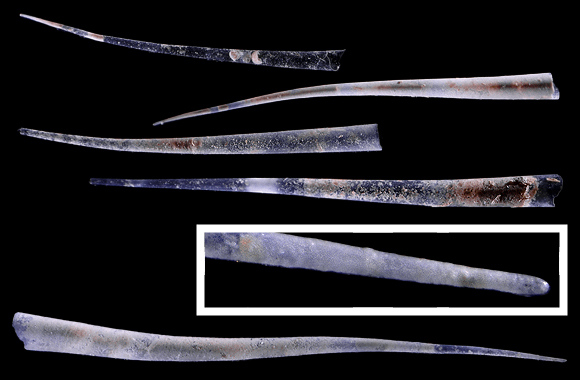
Basionym: Cleodora clava.
Synonyms: acicula, acus, recta, spiniformis…
500m deep, Capo Teulada, Cagliari, S. Sardinia. 5,5-11,5mm.
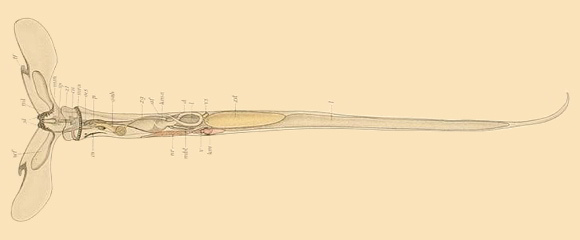
The animal waves its two winged parapodia in order to move.
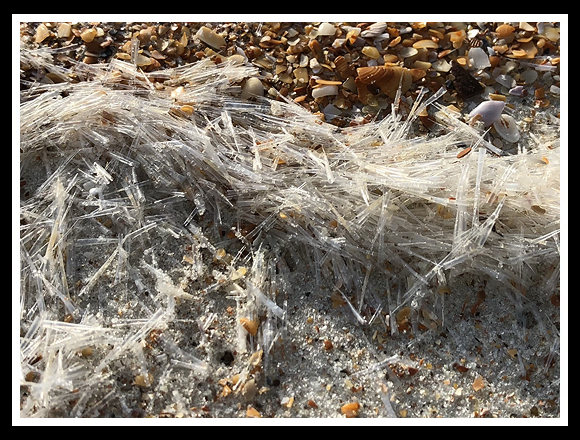
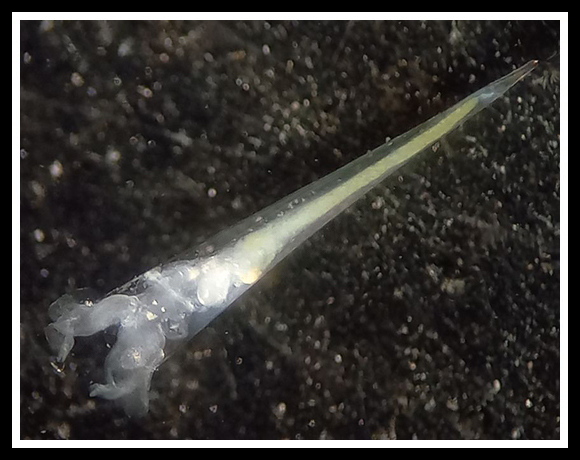
« Animal white, diaphanous, very long; the viscera of a nice green, about half the length of the shell; the fins small. » – S. Rang: “Notice sur quelques mollusques nouveaux appartenant au genre Cléodore, et établissement et monographie des sous-genre Créseis”, Annales des Sciences Naturelles vol. XIII, Paris 1828, p.317. – 1m deep, uvala Stari Trogir, Sevid area, Split-Dalmatia Comitat, W. Croatia. Original picture provided by V. Cetinić-Koća (HR) – (CC BY-NC-SA).
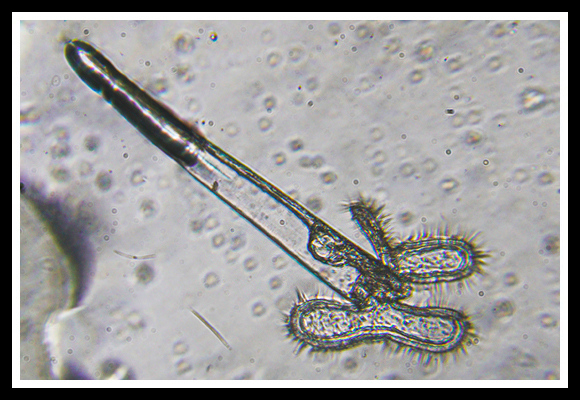
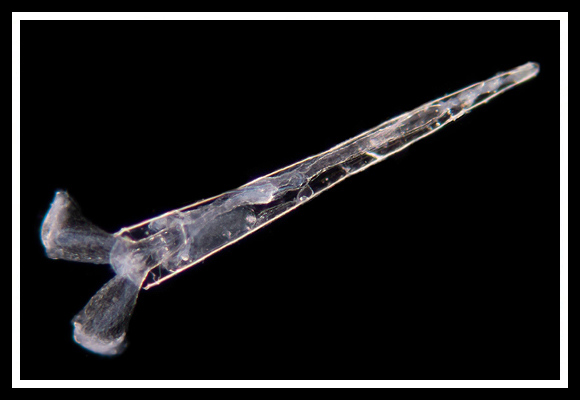
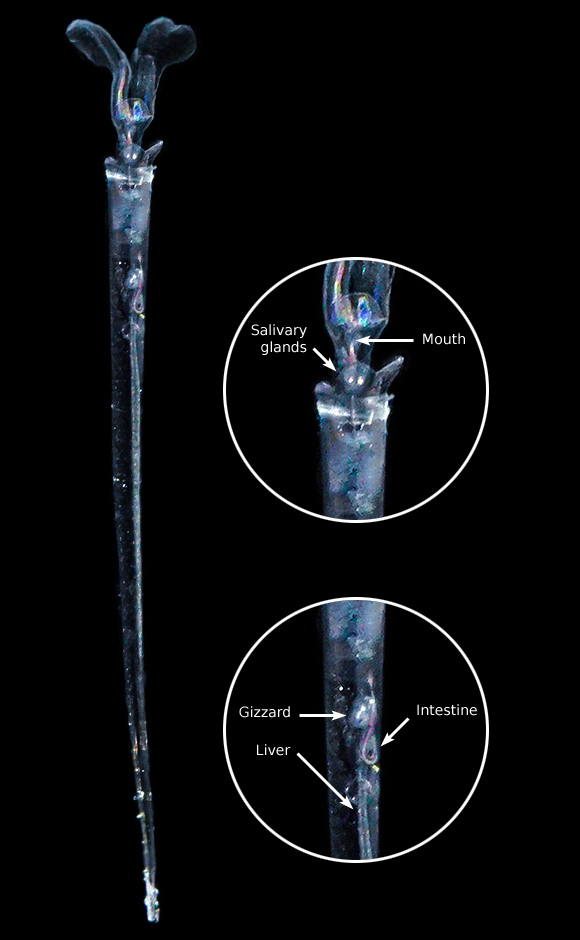
Original picture provided by V. Cetinić-Koća (HR).
– (CC BY-NC-SA) –
We can see the loop that the intestine makes where it turns back toward the (unique) orifice of the shell, where incoming and outgoing circuits are gathered. If the intestine is rather reduced, the liver, for its part, is super-sized as it fits the major part of the tubular shell, together with an hermaphrodite gland that does not appear here, the animal being immature; the gizzard, situated immediately under the stomach, contains two plates that are hardly visible. Notice the two salivary glands that shine just below the mouth.